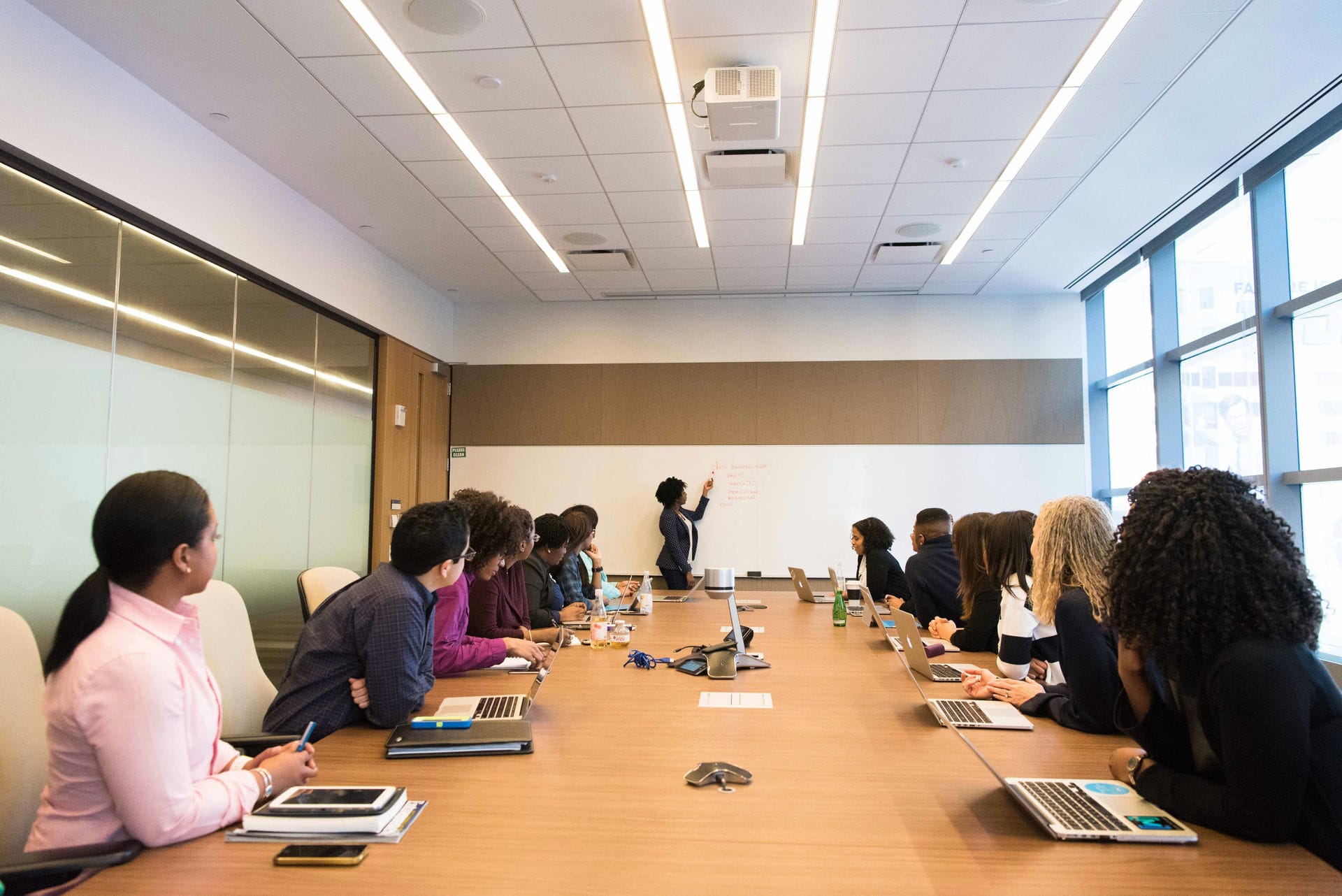In our ever-evolving and interconnected work environment, effective collaboration and communication are essential for driving success. Meetings, as a cornerstone of professional interaction, play a vital role in fostering innovation, synergy, and productivity.
However, not all meetings are created equal. Some leave us feeling energized and motivated, while others drain our time and productivity.
So, what makes a meeting successful? In this blog, we will explore the five key factors that can turn a mundane gathering into a productive and engaging experience. By understanding and implementing these factors, you can transform your meetings into valuable and impactful events.
Why Have Meetings?
In today's fast-paced work environment, meetings are indispensable in driving success and fostering effective communication. They serve as dynamic platforms that facilitate collaboration, spark creativity, and strengthen interpersonal connections. Despite the rise of virtual communication channels, meetings remain necessary to bring individuals together to achieve common goals and tackle complex challenges.
So, here is why meetings continue to be an integral part of our professional lives:
a. Facilitating Collaboration and Teamwork
Meetings bring together individuals with diverse skills, expertise, and perspectives. By gathering everyone in one space, whether physical or virtual, meetings encourage collaboration, enabling teams to work synergistically towards a common goal. The interactive nature of meetings allows for immediate feedback, brainstorming, and the development of innovative solutions that may not arise through other communication channels.
b. Driving Decision Making
Certain decisions require real-time discussion and deliberation. Meetings provide a structured environment where ideas can be collectively shared, analyzed, and evaluated. They offer a space for robust debates, clarifications, and consensus-building, ensuring that decisions are well-informed and reflective of the team's collective wisdom. This participatory decision-making process enhances ownership and commitment, ultimately leading to more effective implementation.
c. Building Relationships and Trust
Personal connections and trust play a significant role in building successful teams. Meetings offer an opportunity for individuals to interact on a more personal level, strengthening relationships and fostering a sense of camaraderie. Face-to-face or virtual interactions during meetings allow participants to observe body language, tone of voice, and other non-verbal cues that facilitate better understanding and empathy among team members. This, in turn, creates an environment of trust, psychological safety, and cooperation.
d. Sharing Information and Knowledge
While technological advancements have enabled us to exchange information through various digital channels, meetings remain invaluable for disseminating complex or sensitive information. They allow for real-time explanations, clarifications, and the opportunity to address questions and concerns immediately. Moreover, meetings provide a space where tacit knowledge and experiences can be shared, enabling cross-pollination of ideas and enhancing the team's collective expertise.

Planning successful meetings
1) Purpose and clear objectives
At the core of every successful meeting lies a clear purpose and well-defined objectives. Before scheduling a meeting, it is crucial to ask yourself: What do we aim to achieve? Is a meeting the most effective way to accomplish our goals?
By establishing a concise agenda and transparently communicating it to participants ahead of time, you set the stage for a focused and productive gathering. Clear objectives ensure that every attendee understands the purpose of the meeting and can contribute meaningfully towards its success.
2) Thoughtful planning and a detailed agenda
Thoughtful planning and meticulous preparation are vital ingredients for a successful meeting. Designate a facilitator or leader who can guide discussions, maintain focus, and encourage active participation. Provide relevant materials or pre-readings in advance, allowing attendees to familiarize themselves with the topics and arrive prepared for informed discussions.
Setting realistic timelines, allocating appropriate resources, and ensuring access to necessary equipment or technology eliminate avoidable disruptions, creating an environment conducive to fruitful engagement.
Additionally, a well-structured agenda is crucial for a productive meeting. Outline the topics to be covered, allocate time slots for each item, and establish a logical flow of discussion. Include any pre-reading or materials that participants should review beforehand. Distribute the agenda well in advance, allowing attendees to prepare accordingly.

3) Consider Meeting Logistics and Technology
Effective meeting planning involves considering logistical details and ensuring seamless technology integration. Choose an appropriate meeting space, whether physical or virtual, that accommodates the number of attendees and supports the desired interaction.
Ensure that necessary equipment, such as projectors or video conferencing tools, are available and functional. Familiarize yourself with the chosen technology to prevent delays or technical difficulties during the meeting.
4) Effective time management
Time, as a valuable resource, must be managed effectively to ensure successful meetings.
Therefore, start and end meetings punctually, respecting the schedules of all participants. Allocate time slots for each agenda item, ensuring that discussions remain focused and productive. Consider designating timekeepers or employing time management tools to monitor and control the meeting's progression.
By efficiently managing time, you not only demonstrate respect for participants' commitments but also ensure that the meeting stays on track, achieving its intended objectives.
5) Clear action items and follow-up
A successful meeting concludes with clear action items and a well-defined plan for follow-up. Before adjourning, summarize key decisions, agreements, and tasks that have emerged from the discussions.
Assign responsibilities, establish deadlines, and ensure everyone understands their roles in implementing the agreed-upon actions.
Finally, follow up with concise meeting minutes after the session, capturing decisions made and distributing them among participants. Regularly track progress on action items to maintain accountability and ensure that desired outcomes are accomplished.
Summary
Meetings are integral to modern professional life, providing valuable opportunities for collaboration, decision-making, relationship-building, and knowledge sharing.
To ensure successful meetings, effective planning is crucial. This involves defining clear objectives that align with the meeting's purpose and developing a detailed agenda that guides discussions. Additionally, logistical aspects such as meeting space and technology integration are essential for smooth execution. Communicating important details and expectations to participants in advance helps foster engagement and preparedness.
By prioritizing these key factors, and with the support of professional meeting planners like TERRAEVENTS, you can create a productive and impactful environment that maximizes outcomes and enhances the overall meeting experience. Contact us today, and let’s plan your next meeting in Europe together!

